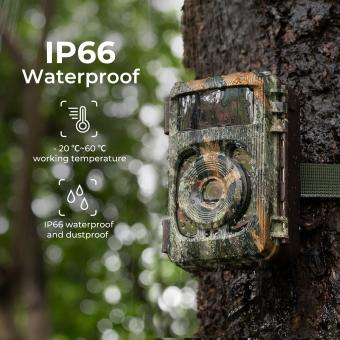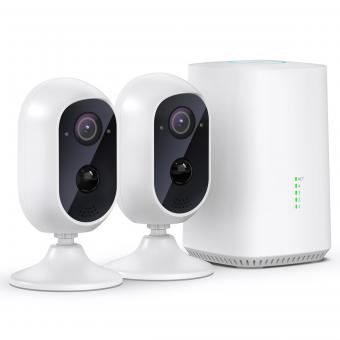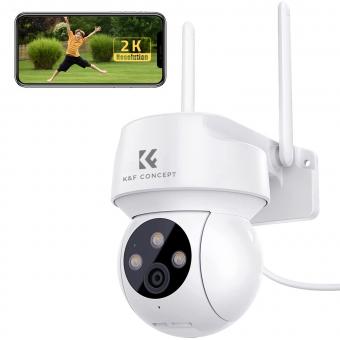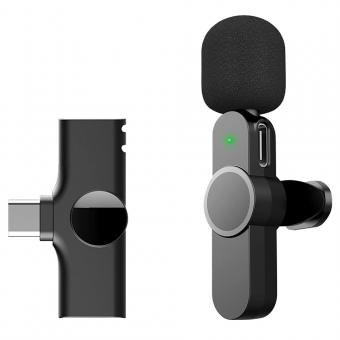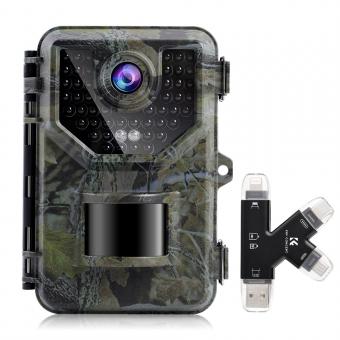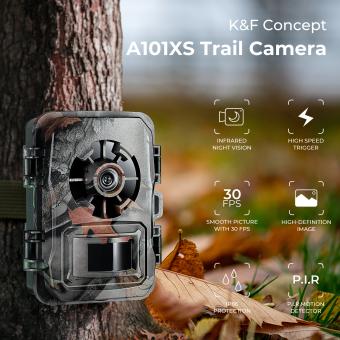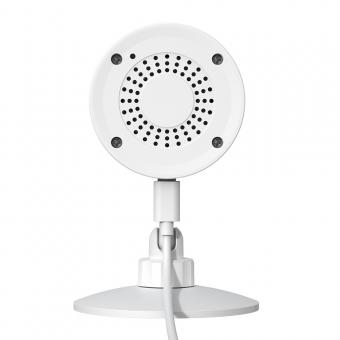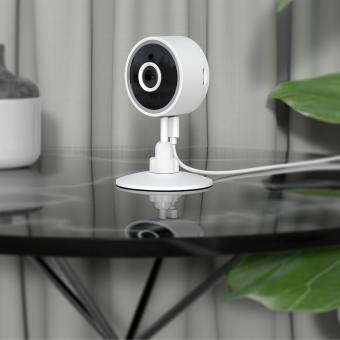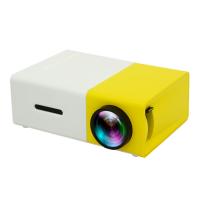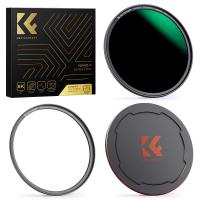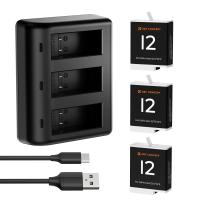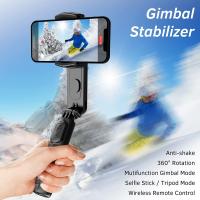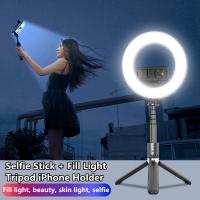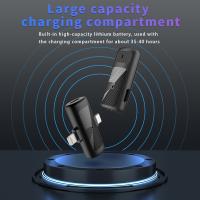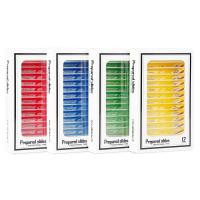How Far Back Do Security Cameras Record?
Security cameras have become an integral part of modern security systems, providing a reliable means of monitoring and recording activities in various settings, from homes and businesses to public spaces. One of the most common questions that arise when discussing security cameras is, "How far back do security cameras record?" This question is crucial for anyone looking to install or manage a security system, as it directly impacts the effectiveness of the surveillance and the ability to retrieve important footage when needed. In this article, we will explore the factors that influence the recording duration of security cameras, the types of storage options available, and practical tips for optimizing your security camera system to ensure it meets your needs.
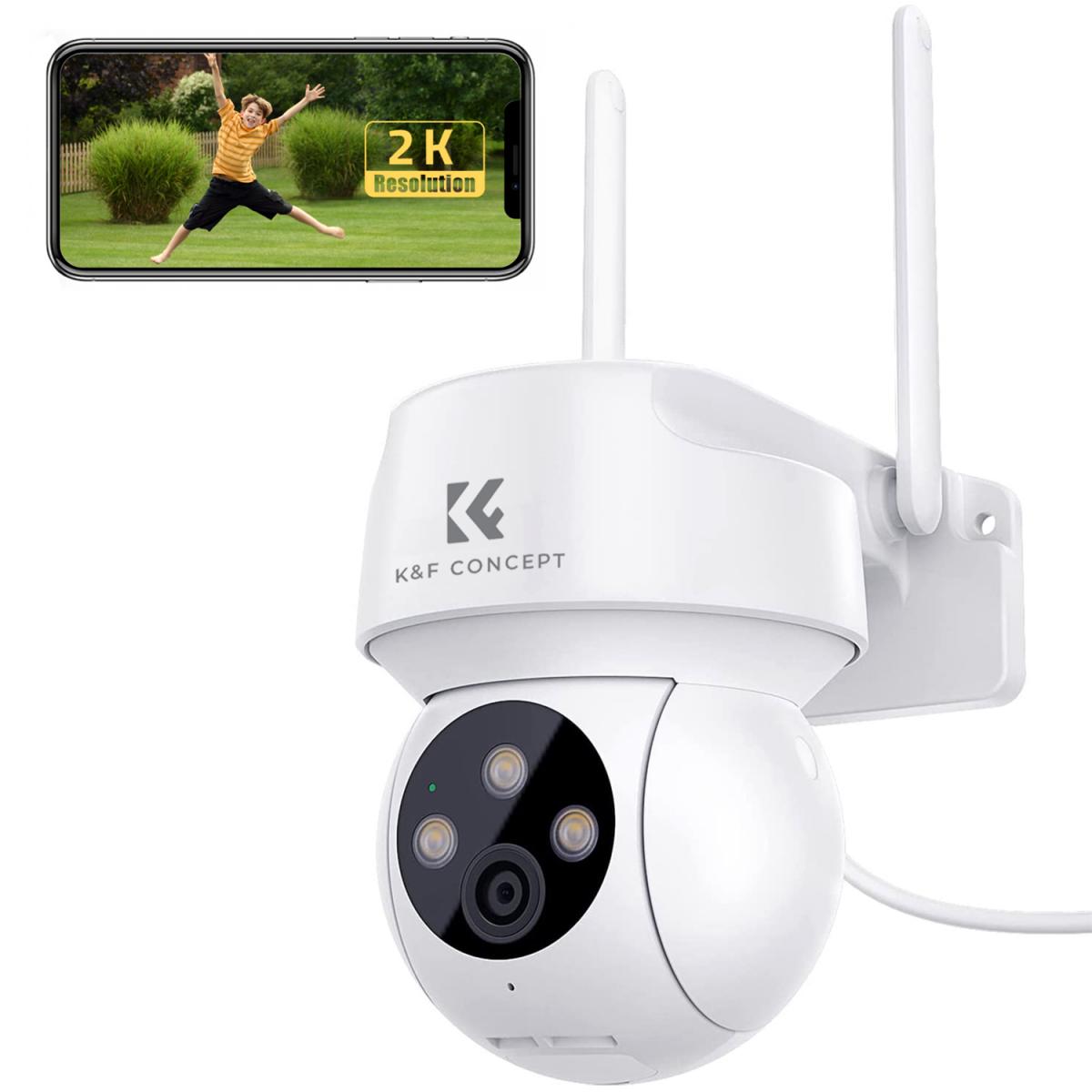
Factors Influencing Recording Duration
The length of time that security cameras can record footage depends on several factors, including:
1. Storage Capacity: The amount of storage available is the primary determinant of how long footage can be retained. Security cameras typically store footage on hard drives, SD cards, or cloud storage. Larger storage capacities allow for longer recording durations.
2. Resolution and Frame Rate: Higher resolution and frame rates result in better quality footage but also consume more storage space. For example, a camera recording in 4K resolution will use significantly more storage than one recording in 720p.
3. Compression Technology: Modern security cameras use various compression technologies, such as H.264 or H.265, to reduce the size of the video files without compromising quality. Cameras with better compression can store more footage in the same amount of space.
4. Recording Mode: Security cameras can operate in different recording modes, such as continuous recording, motion detection, or scheduled recording. Continuous recording uses the most storage, while motion detection and scheduled recording can significantly extend the recording duration by only capturing relevant footage.
5. Number of Cameras: The more cameras in a system, the more storage is required. A multi-camera setup will fill up storage faster than a single-camera system.
Types of Storage Options
Understanding the different storage options available for security cameras is essential for determining how far back your cameras can record. Here are the most common storage options:
1. Local Storage: This includes hard drives, SD cards, and Network Video Recorders (NVRs) or Digital Video Recorders (DVRs). Local storage is typically more secure since it is not dependent on internet connectivity. However, it may have limited capacity, requiring regular maintenance to manage storage space.
2. Cloud Storage: Cloud storage allows footage to be stored off-site on remote servers. This option provides virtually unlimited storage capacity and easy access to footage from anywhere with an internet connection. However, it often comes with subscription fees and may raise concerns about data privacy and security.
3. Hybrid Storage: Some systems offer a combination of local and cloud storage, providing the benefits of both. Critical footage can be stored locally for quick access, while less critical footage is backed up to the cloud for long-term storage.
Practical Tips for Optimizing Recording Duration
To ensure your security camera system meets your needs, consider the following practical tips for optimizing recording duration:
1. Assess Your Storage Needs: Determine how much footage you need to retain and for how long. This will help you choose the appropriate storage capacity and type for your system.
2. Choose the Right Resolution and Frame Rate: Balance the need for high-quality footage with storage capacity. For most applications, 1080p resolution at 15-30 frames per second (fps) is sufficient.
3. Utilize Compression Technology: Ensure your cameras use the latest compression technology, such as H.265, to maximize storage efficiency.
4. Select the Appropriate Recording Mode: Use motion detection or scheduled recording to extend the recording duration. These modes only capture footage when there is activity, reducing the amount of storage used.
5. Regularly Maintain Your System: Periodically check and manage your storage to ensure it is functioning correctly and not reaching capacity. Set up automatic alerts to notify you when storage is running low.
6. Consider Redundancy: Implement a backup solution to prevent data loss. This could involve using both local and cloud storage or having multiple hard drives in a RAID configuration.
Real-World Examples
To illustrate how these factors and tips come into play, let's consider a few real-world examples:
1. Small Business: A small retail store with four security cameras recording in 1080p resolution at 15 fps, using motion detection and local storage on a 1TB hard drive, can typically retain footage for about 30 days. By optimizing the recording settings and using H.265 compression, the store can extend this duration to 45-60 days.
2. Home Security: A homeowner with two cameras recording continuously in 720p resolution on a 128GB SD card may only retain footage for 7-10 days. Switching to motion detection and upgrading to a 256GB SD card can extend the recording duration to 30 days or more.
3. Large Enterprise: A large office building with 50 cameras recording in 4K resolution at 30 fps, using a combination of local NVRs and cloud storage, can retain footage for several months. By implementing motion detection and scheduled recording, the enterprise can manage storage more efficiently and ensure critical footage is always available.
The question of how far back security cameras can record is multifaceted, influenced by storage capacity, resolution, compression technology, recording mode, and the number of cameras in the system. By understanding these factors and implementing practical tips for optimizing recording duration, you can ensure your security camera system meets your specific needs. Whether you are a homeowner, small business owner, or managing a large enterprise, the right combination of storage options and recording settings will provide you with reliable and accessible footage when you need it most.


